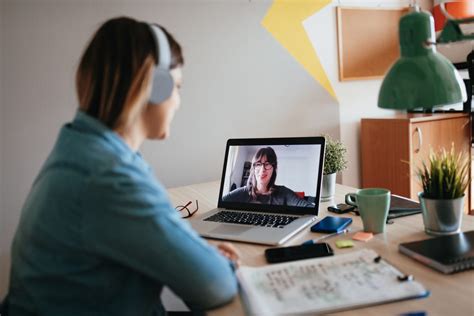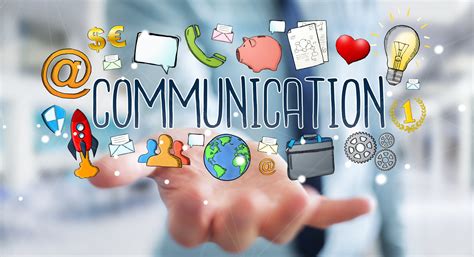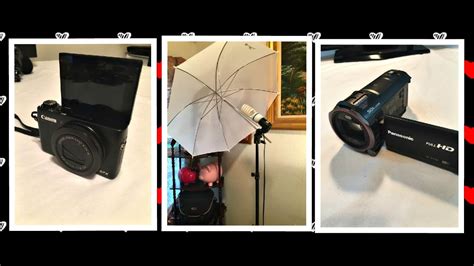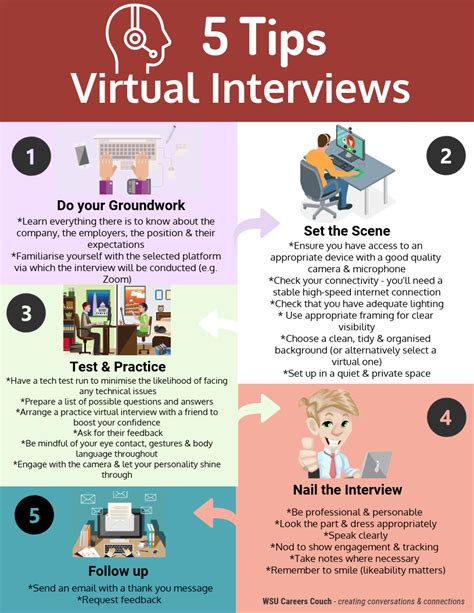Navigating the job market has taken a digital turn, with remote interviews becoming the norm in a world where technology increasingly mediates our professional interactions. The move from face-to-face to virtual interviews necessitates not only a shift in mindset but also a tailored approach to presenting your best self ‘on-screen.’ In our latest blog post, “Remote Interviewing: Adjusting Your Approach for Virtual Job Interviews,” we’ll take you through the intricacies of the virtual interview landscape, helping you craft a professional presence that resonates through the webcam.
We’ll unpack the essentials of adapting your communication skills for a digital dialogue, ensuring you can convey your qualifications as effectively as if you were in the same room. Plus, we’ll dive into the nitty-gritty of technical setup – so your first impression isn’t marred by poor lighting or sound issues – and prepare you for those common, but tricky, virtual interview questions. Join us as we transform the daunting into the doable, and navigate the world of remote interviewing with confidence.Discover tips for virtual interviews: Navigate the landscape, create a professional presence, adapt communication skills, master technical setups, and prepare for common questions.
Understanding the Virtual Interview Landscape

As the workplace continues to evolve rapidly, Remote Job Interviewing has become a cornerstone of the hiring process, transforming how companies evaluate potential candidates. Comprehending the nuances of this digital terrain is essential for those seeking to navigate their career path successfully in an increasingly remote world. Taking the time to familiarize oneself with Virtual Job Interviews not only demonstrates adaptability but also can give applicants a competitive edge in the job market. By understanding the subtle dynamics and expectations that come with virtual interviews, candidates can better prepare themselves to present their qualifications in the most effective and compelling manner.
Moreover, the assimilation into the Virtual Job Interview realm demands an understanding of the technology at play and a keen awareness of virtual etiquette. It is imperative for candidates to master each aspect, from ensuring the stability of their internet connection to presenting a well-lit and distraction-free background, as these elements can significantly impact the interviewer’s perception. Long gone are the days when a firm handshake could set the tone for an interview; today, it is the quiet confidence of a glitch-free video call and crystal-clear audio that can make a memorable first impression in a Remote Job Interviewing setting.
Creating a Professional Virtual Presence for Interviews

In the realm of Remote Job Interviewing, where first impressions are crafted through screens rather than physical encounters, establishing oneself as a competent professional can be challenging yet imperative. To navigate this digital landscape effectively, one must pay meticulous attention to creating a professional virtual presence that transcends the barriers of remote communication. This involves a harmonious blend of visual, auditory, and environmental factors that collectively contribute to a portrayal of seriousness, competence, and dedication.
During Virtual Job Interviews, every pixel on the screen speaks volumes about you, making it crucial to optimize your backdrop, attire, and overall aesthetics to correspond with the professional image you aim to project. It’s not just about dressing the part, but ensuring that every element visible to your prospective employer adds to a narrative of a well-prepared candidate, capable of adapting to the nuances of a virtual platform while maintaining unwavering professionalism. Therefore, as virtual encounters become a mainstay in the recruitment process, mastering the art of a professional virtual presence becomes an indispensable tool in one’s job-hunting arsenal.
Adapting Communication Skills for a Remote Setting

When engaging in Remote Job Interviewing, it’s essential to modify your communication tactics to account for the lack of physical presence and to navigate the nuances that accompany Virtual Job Interviews. To effectively project your personality and professional capabilities over a digital medium requires a heightened level of clarity and intention in both verbal and non-verbal communication. For instance, one must be especially diligent in maintaining eye contact by looking directly at the camera, as this simulates direct eye contact in a traditional face-to-face interview and helps build a connection with the interviewer.
Additionally, because the subtleties of body language can be diminished or easily misinterpreted through a screen, it is advisable to employ more expressive vocal cues and perhaps a heightened level of enthusiasm to ensure your engagement and interest are unequivocally conveyed. The adaptation of these skills proves indispensable in establishing rapport and leaving a lasting impression on potential employers; it sets a foundation for effective interaction in a Remote Job Interviewing scenario, showcasing one’s ability to overcome the challenges presented by Virtual Job Interviews.
Mastering the Technical Setup: Camera, Lighting, and Sound

When it comes to succeeding in a Virtual Job Interview, it’s imperative to master your technical setup, ensuring that your camera, lighting, and sound are optimal. A camera with crisp, clear video quality not only projects a professional image but also helps maintain the interviewer’s focus on you, reducing distractions that can occur from fuzzy or lagging video.
Equally important, good lighting can enhance your presence on screen, casting you in the best possible light and making a positive impression on potential employers. Lastly, ensuring your sound is clear and free from background noise is crucial; it allows for effective communication, preventing any misunderstandings that could arise from garbled audio. By paying close attention to these technical details, you can navigate the complexities of Remote Job Interviewing with confidence and poise.
Anticipating and Preparing for Common Virtual Interview Questions

Remote Job Interviewing has taken center stage in employment processes worldwide, demanding a shift in tactics from both interviewers and interviewees. Excelling in a Virtual Job Interview requires not only a thorough understanding of standard interview questions but also the anticipation of queries tailored to gauge your compatibility with remote work environments. Deeply pondering potential questions, from inquiries about your digital communication skills to discussions surrounding your self-management aptitudes, is vital in confidently crafting articulate and thoughtful responses.
Preparing for a Virtual Job Interview involves envisaging scenarios that showcase your adaptivity and problem-solving abilities in a remote setting. Reflecting on your experiences with online collaboration tools or managing projects independently can furnish you with vivid examples, thereby affirming to potential employers that you are proficient and self-sufficient enough to thrive in a Remote Job Interviewing scenario. Devoting time to anticipate these conversations can significantly improve your performance, enabling you to navigate the virtual interview landscape with ease and assurance.
Frequently Asked Questions
What are key advantages of remote interviewing for both employers and candidates?
Remote interviewing offers several advantages such as saving time and money on travel, scheduling convenience, and the ability to record the interview for further analysis. It allows employers to access a wider pool of candidates, while job seekers have the opportunity to interview from the comfort of their homes, reducing stress and allowing them to showcase themselves in a familiar environment.
How can candidates prepare their environment for a remote interview?
Candidates should choose a quiet, well-lit space without distractions. The background should be neutral and tidy. Technical setup is also important: ensuring a stable internet connection, testing the camera and microphone, and being familiar with the video conferencing software being used. Good lighting and a professional appearance are also crucial.
What are some common technical issues that can arise during a virtual interview and how can they be mitigated?
Common technical issues include unstable internet connections, poor audio/visual quality, and software glitches. To mitigate these, candidates should test their equipment beforehand, have backups ready (such as a second device), and ensure a strong internet connection, possibly with a wired connection. If problems persist, they should communicate openly with the interviewer to find a solution.
Should the virtual interview approach change depending on the job position being applied for?
Yes, the virtual interview approach might need to be tailored depending on the role. For instance, technical positions might require live coding exercises or using specific software during the interview. Creative roles might prompt a virtual portfolio presentation. Understanding the demands of the job and the employer’s expectations can help candidates adjust their approach accordingly.
What are some effective strategies for building rapport with the interviewer in a remote setting?
Building rapport in a remote interview can be achieved by maintaining eye contact through the camera, engaging with friendly and open body language, and expressing enthusiasm verbally since the usual handshake is not possible. Active listening and responding thoughtfully to questions can also create a connection, as well as asking insightful questions about the company and position.
Can you suggest any follow-up actions for candidates after a remote interview?
After the interview, candidates should send a thank-you email to express their appreciation for the opportunity and reaffirm their interest in the position. They can also include any key points discussed that bolster their candidacy or provide clarification on any topics if necessary. Following up shows professionalism and can help keep them top-of-mind with the hiring manager.
How do companies ensure fairness and prevent bias in remote interviewing?
Companies can promote fairness by using standardized questions for all candidates, incorporating objective assessment tools, and training interviewers on unconscious bias. Ensuring diversity in the hiring panel and leveraging technology that enables blind interviews—wherein certain identifying information is concealed—can also help reduce bias and promote equal opportunity.







